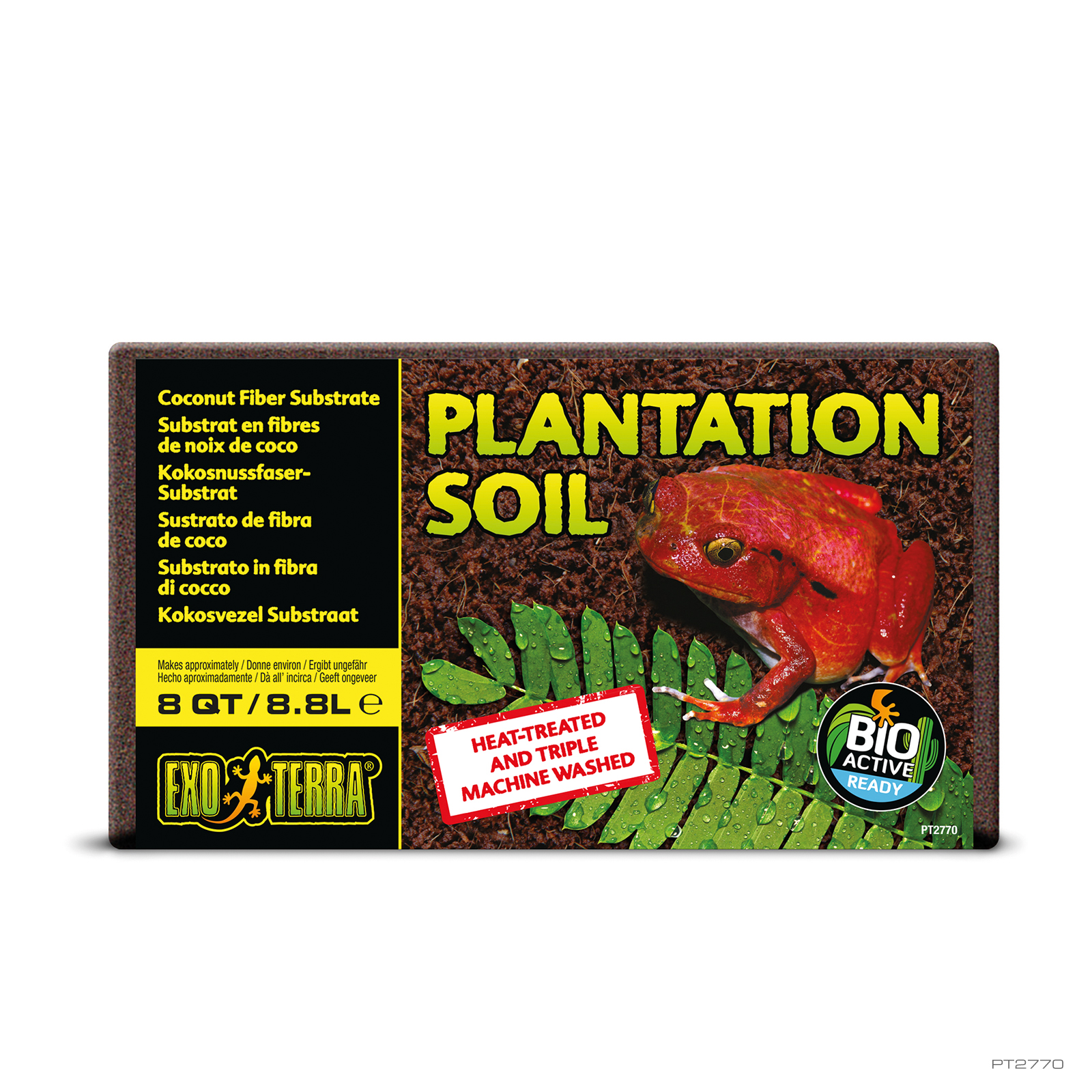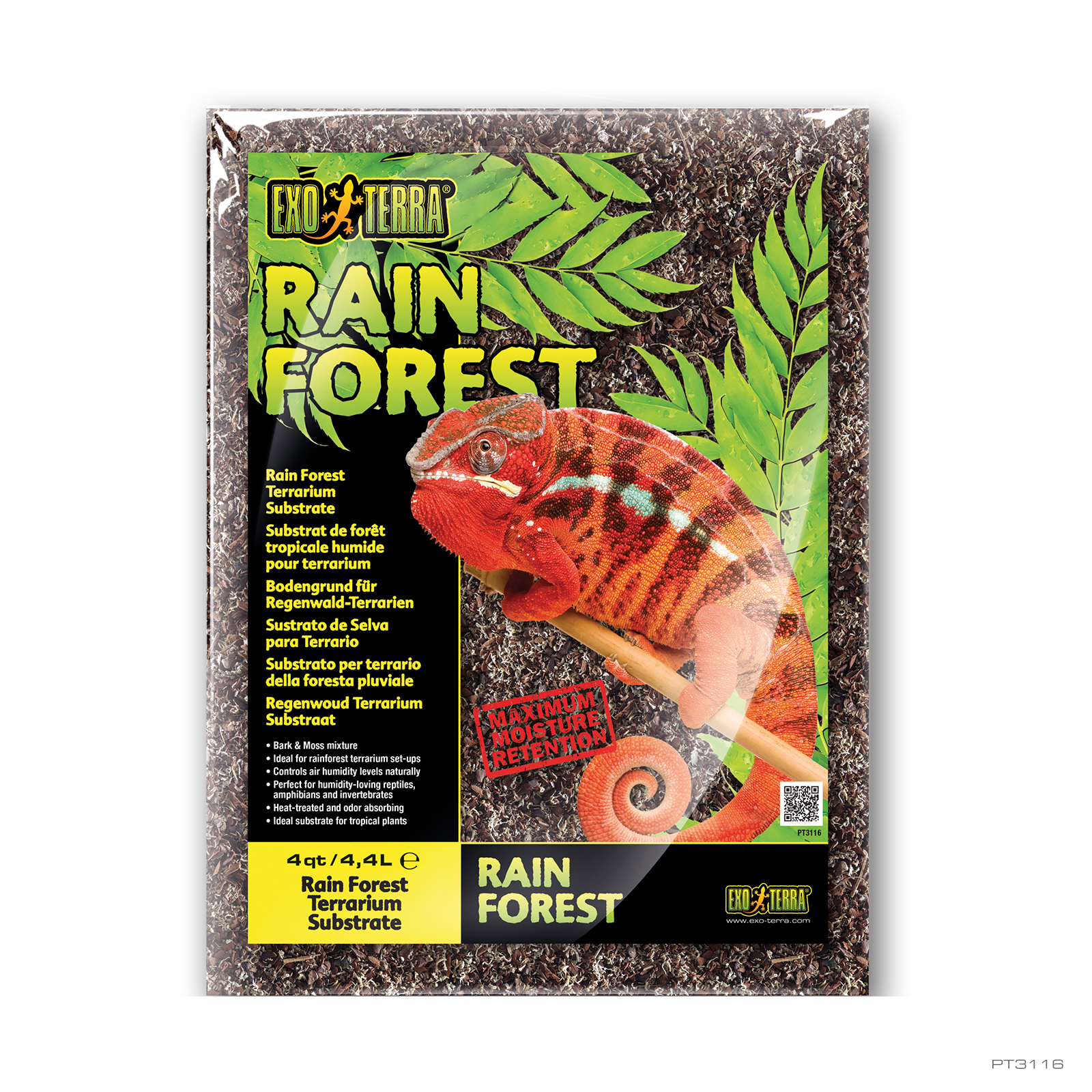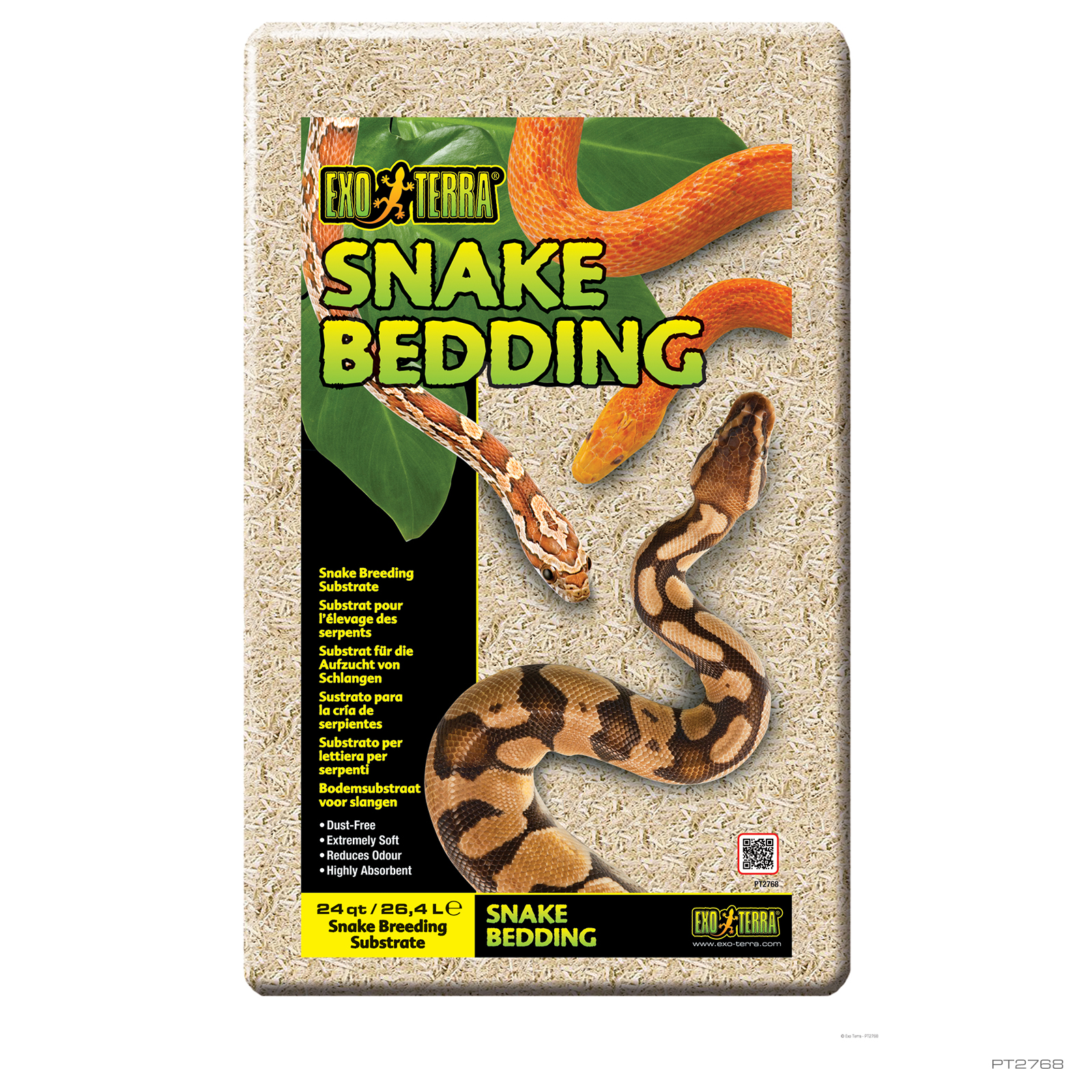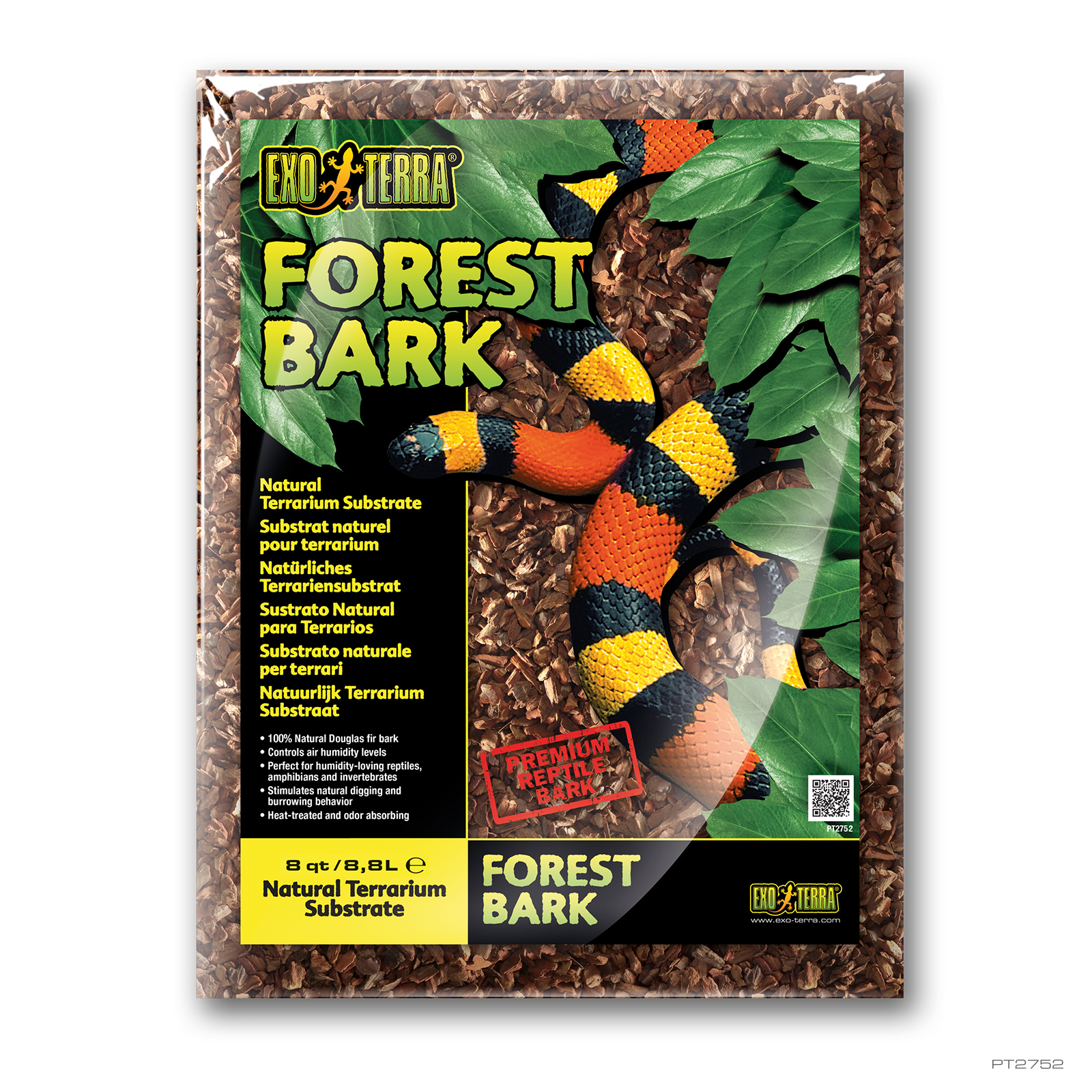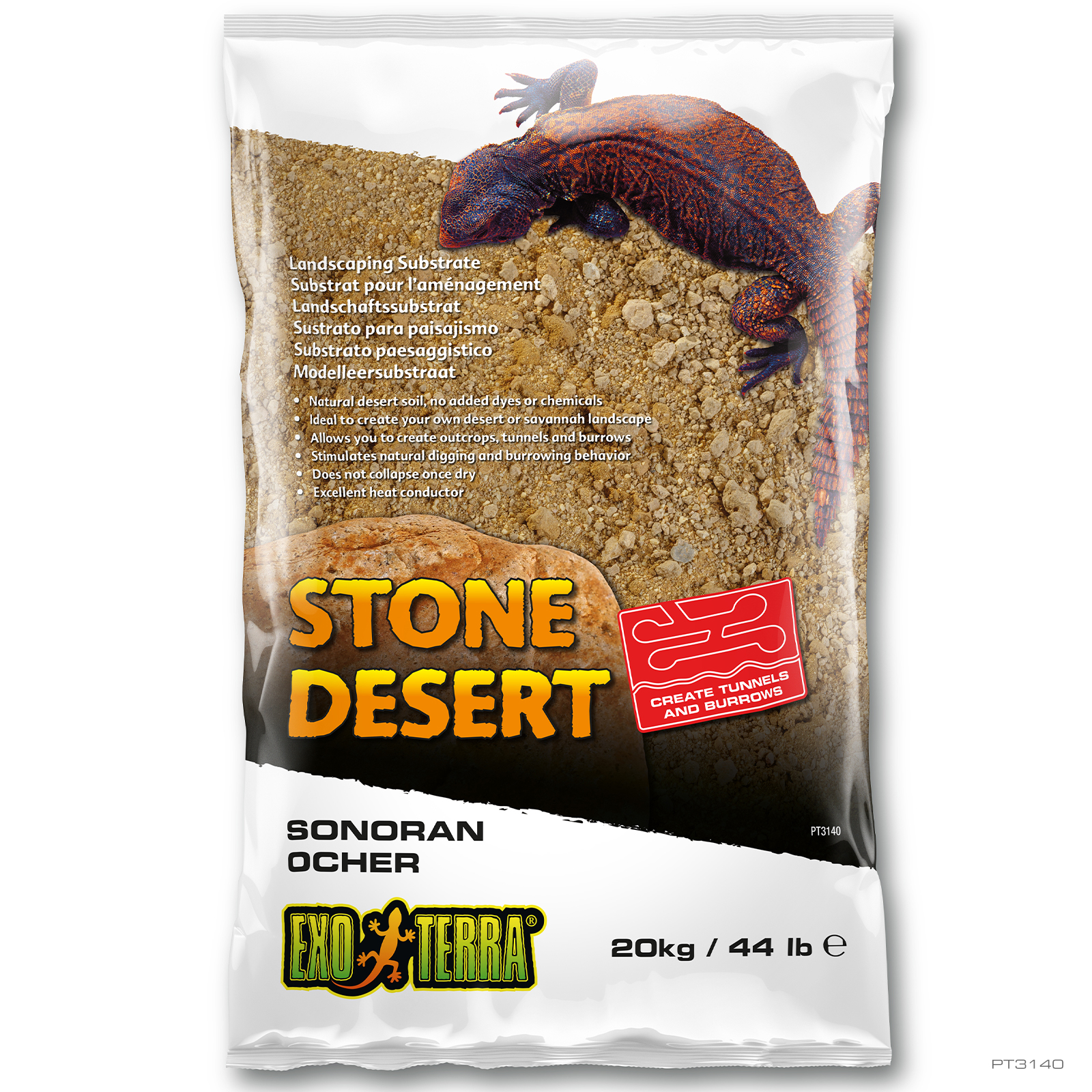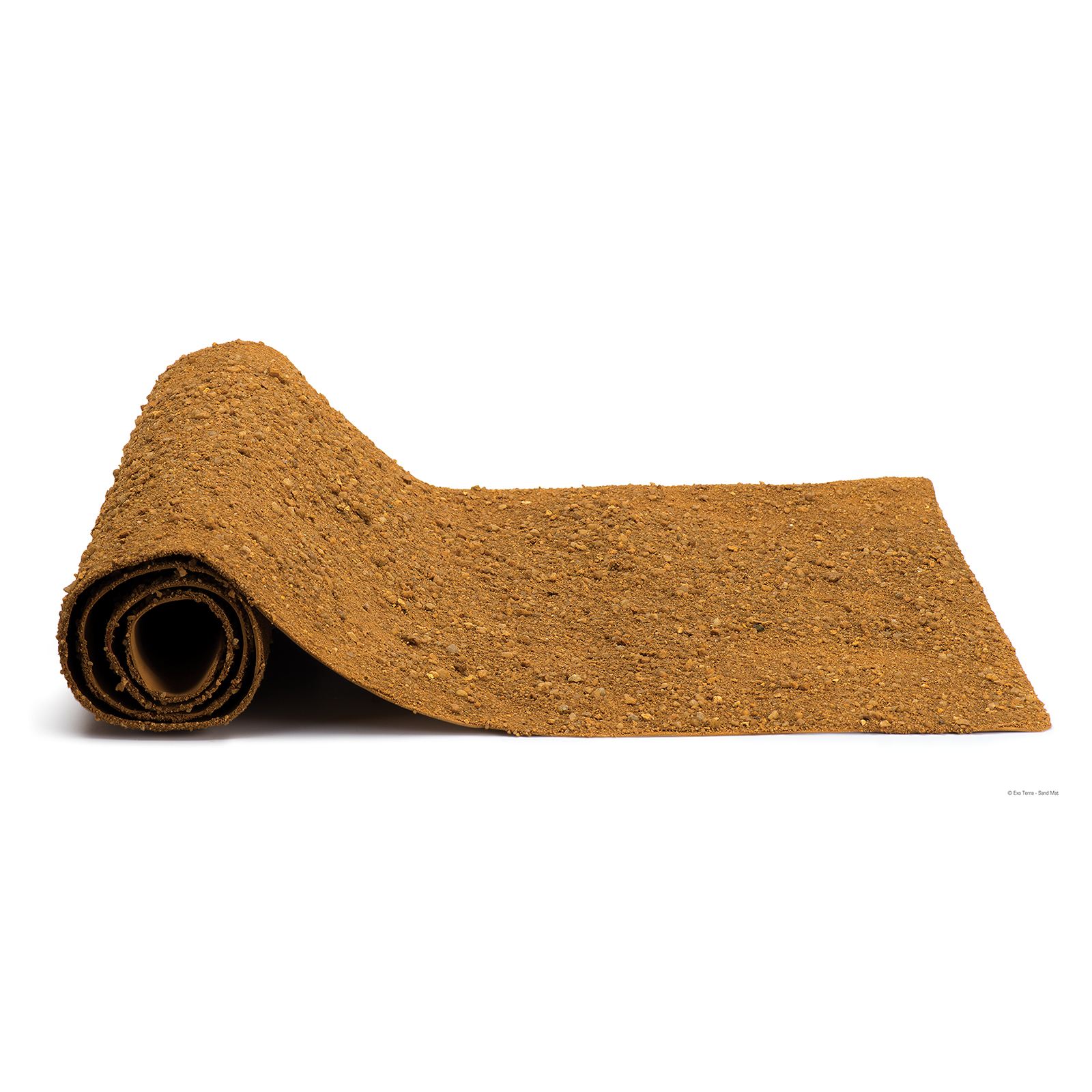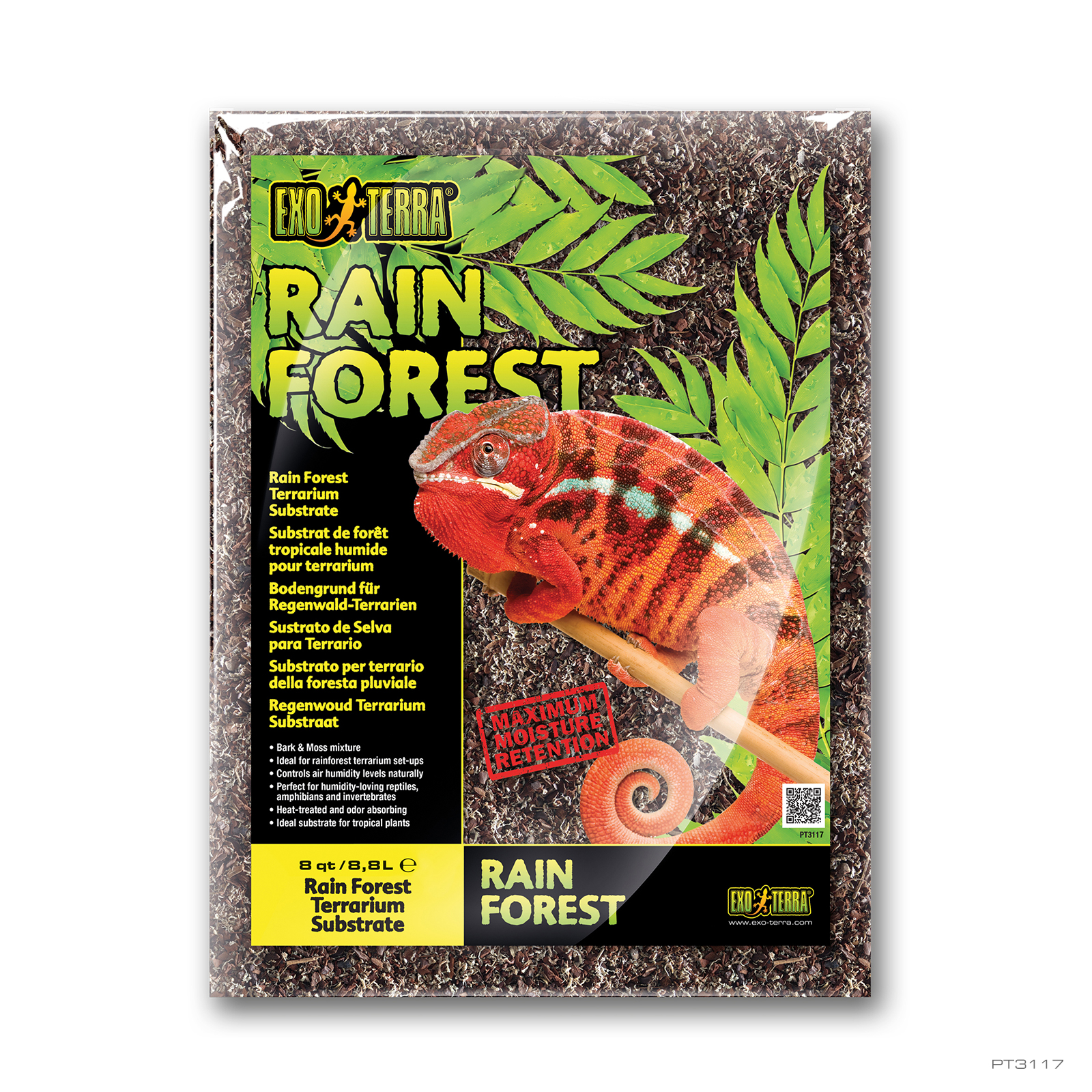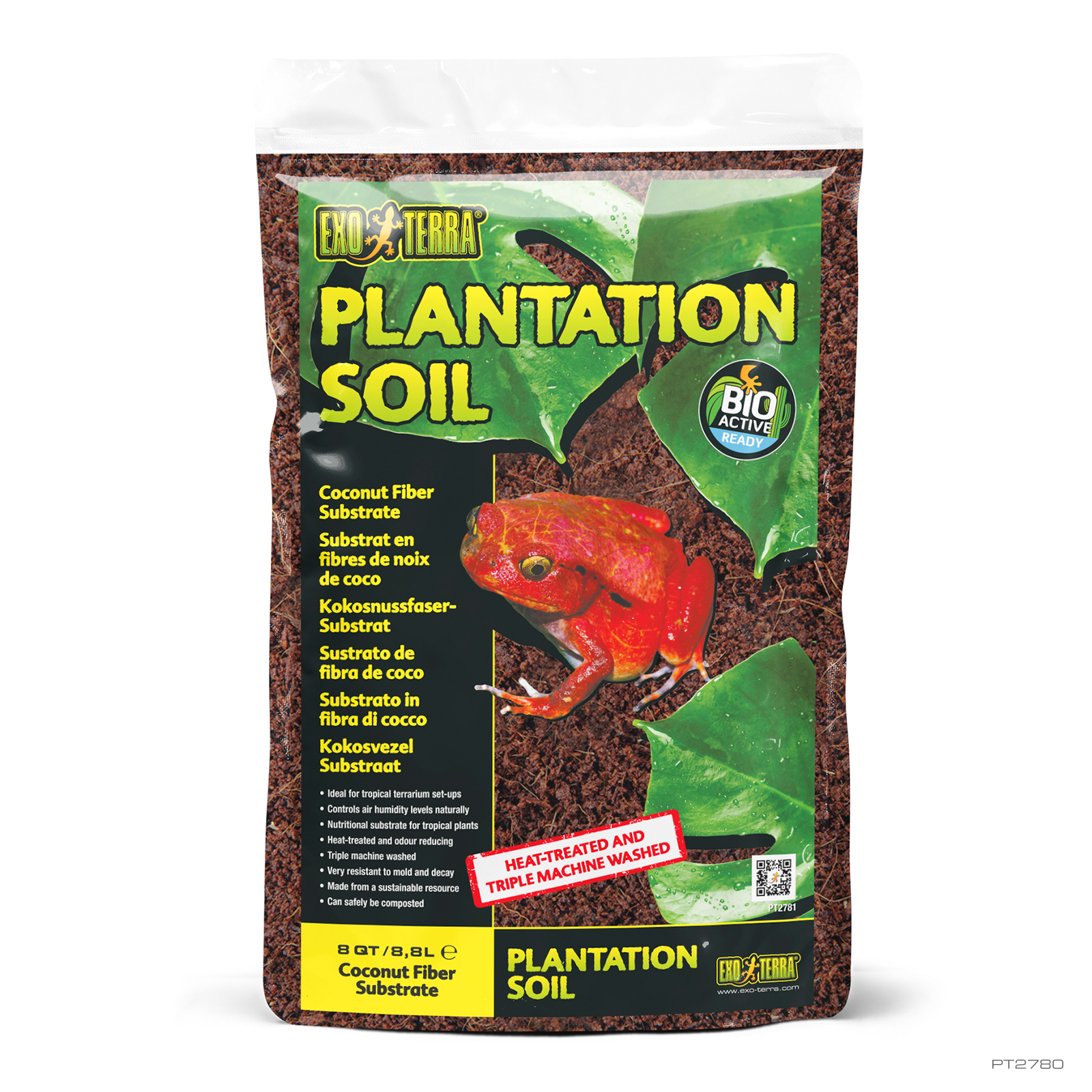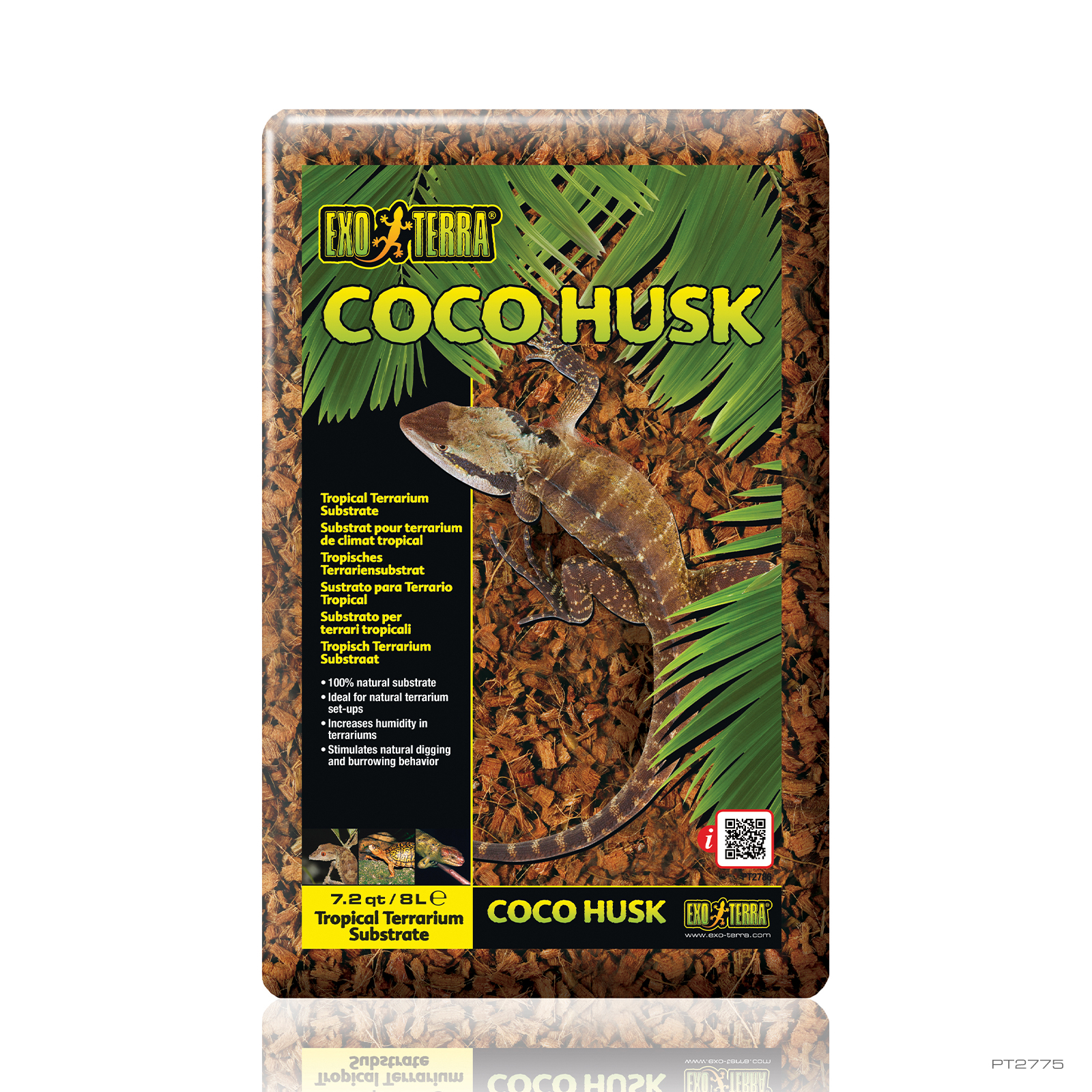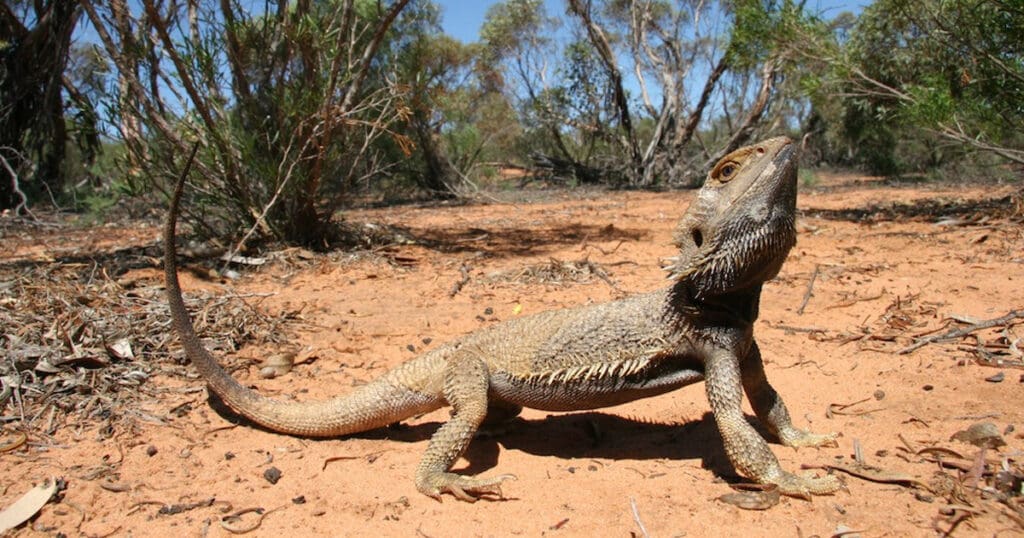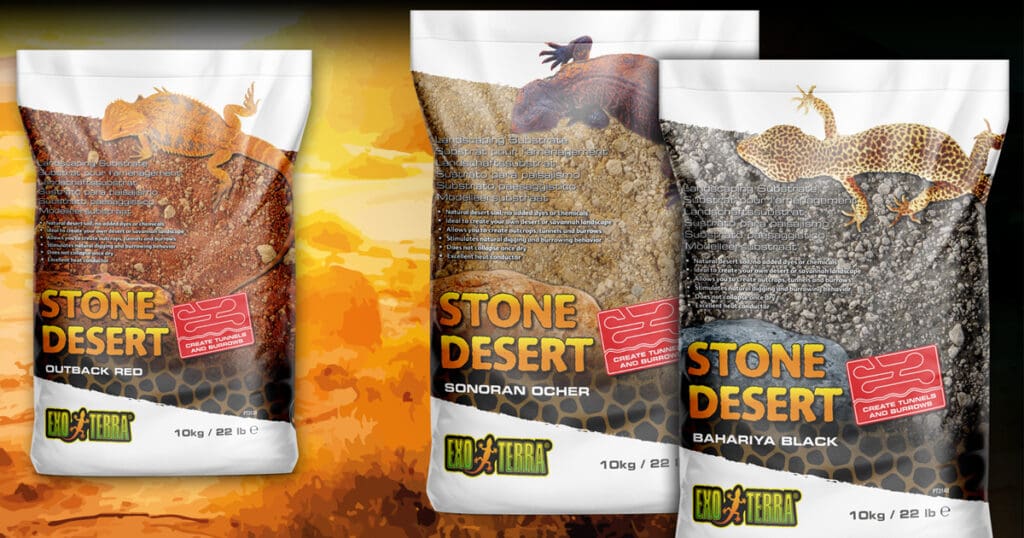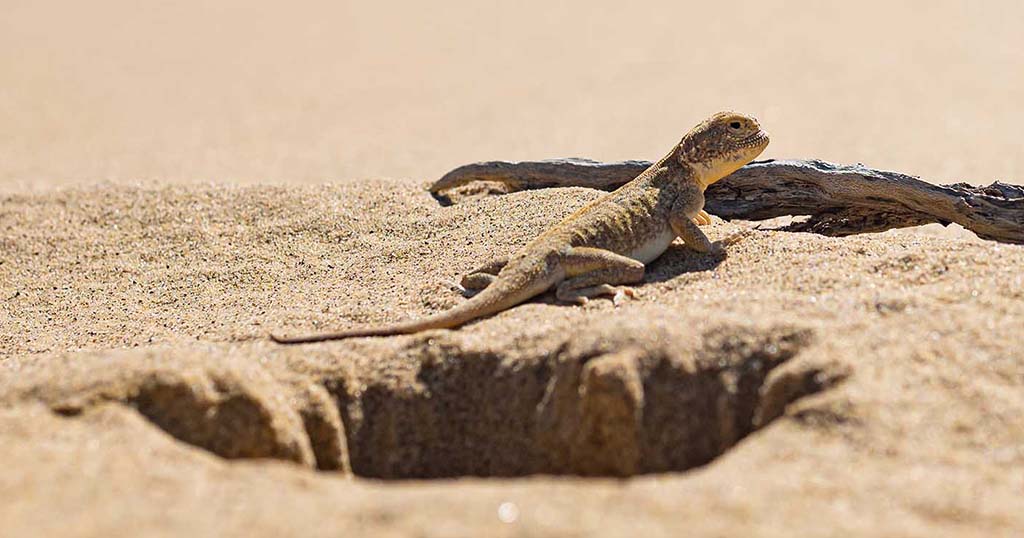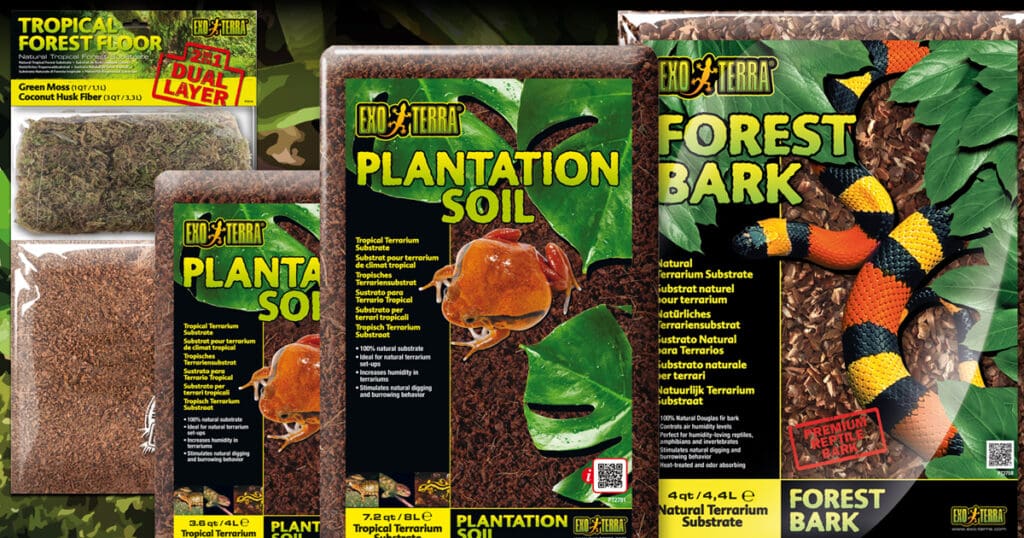
Substrates
Thomas Merckx
Substrates play a crucial role in the terrarium setup: they contribute to the habitat and overall wellbeing of all the species inside the terrarium. With a wide range of functions, it is obvious substrates are not only serving decorative purposes.
Humidity
Many reptiles and amphibians have specific humidity requirements based on their natural habitats. The choice of substrate will affect the overall humidity within the enclosure. Some species prefer substrates with higher moisture retention, such as coconut coir or sphagnum moss, to maintain the humidity levels necessary for skin health, shedding, and respiration.
Burrowing and Hiding
Several species have natural burrowing or hiding behaviours. A suitable substrate can facilitate these behaviours, allowing animals to create burrows or find shelter. Substrates like stone desert, plantation soil or forest moss can enable burrowing species to engage in natural behaviours, which in turn will reduce stress and promote overall wellbeing.
Nesting
Nesting and egg-laying requires appropriate terrarium substrates. The incorporated substrates should allow for proper egg deposition, moisture retention, and protection. Species like, for example, bearded dragons require sandy or loamy substrates to dig nests and lay their eggs.
Thermoregulation
Reptiles and amphibians need to maintain a suitable body temperature to ensure a well-functioning metabolism. Substrates with varying heat-retention properties, such as rocks, sand, soil, or bark, can provide different thermal gradients. This allows the animals to move across the substrate to find their preferred temperature range, enabling effective thermoregulation.
Plant Life
In a planted terrarium set-up, substrates can act as root anchoring medium and a nutrient reservoir, ensuring a strong foothold and uptake of water and essential nutrients. Landscaping substrates like the stone desert will allow you to create natural plant pots or pockets.
Habitat Simulation
Certain species benefit from a substrate that mimics their natural habitat. This can enhance their overall well-being and reduce stress. For instance, forest-dwelling species may thrive with a substrate comprising of leaf litter or bark, while desert-dwelling species may prefer sand or a mix of sand and soil.
The choice of substrate can greatly impact thermoregulation, hydration, hygiene, and overall health off all the included species. When choosing a substrate for your terrarium, it’s essential to consider the specific requirements of the species in terms of temperature, humidity, hygiene, natural habitat, and behavioural needs.
Thomas Merckx

Substrates Topics
Impaction, a secondary condition
Gastrointestinal impaction in reptiles and amphibians is considered a secondary condition: it typically arises as a consequence of other underlying issues or conditions. The primary causes that lead to gastrointestinal impaction are usually related to the animal's environment (for example temperature and humidity), diet, or overall health.
Stone Desert
The Exo Terra Stone Desert mimics the natural soil found in arid regions, like deserts or savannahs. Most desert soils are not purely sand-based but rather a combination of sand, decomposed granite and clay resulting in interesting and sometimes colorful rock formations. Exo Terra’s Stone Desert allows you to create your own desert or savannah landscape, including cool-humid burrows as well as warmer elevated basking areas.
Subterranean Sanctuaries
Fossils trace the origins of these subterranean dwellings back to the age of dinosaurs, with creatures carving out their own spaces some 260 million years ago. This ancient practice of burrowing has been a survival strategy adopted by numerous species throughout the millennia.
Why choose a natural substrate?
A natural substrate can harbor beneficial microorganisms that contribute to the breakdown of organic matter, recycling nutrients, and supporting a healthy ecosystem. These microorganisms create a balanced environment that mimics natural ecosystems. In a natural substrate, nitrifying bacteria can convert ammonia (produced from animal waste) into less harmful substances like nitrate. This helps maintain a healthier environment by reducing harmful ammonia levels. Some substrates can act as pH buffers, helping to maintain a stable and suitable pH level for the terrarium's inhabitants. As a consequence, natural substrates are an essential component of any bioactive terrarium.
Stay up on all things exo terra.
"*" indicates required fields


